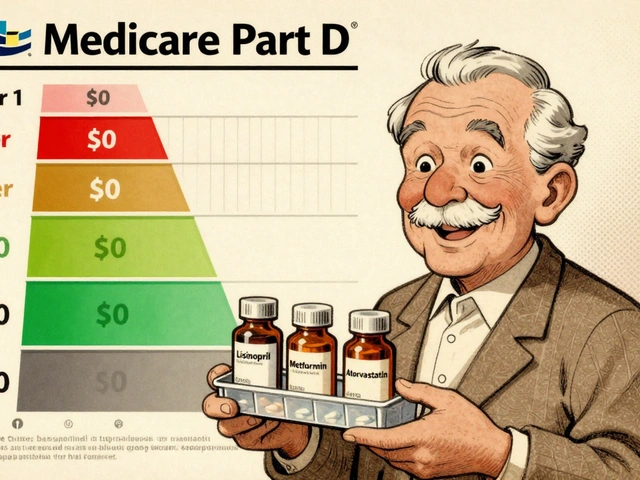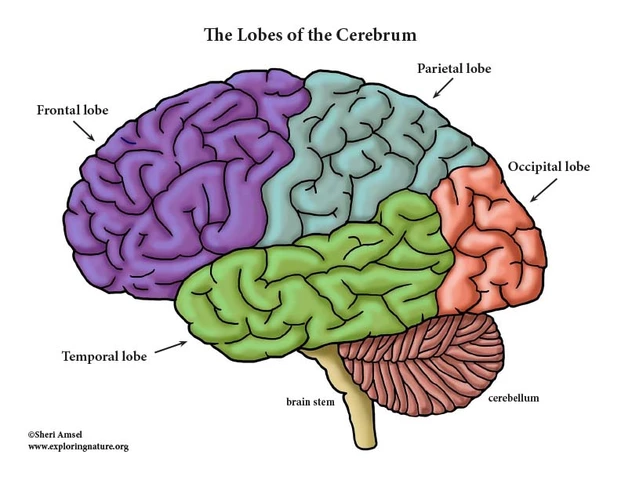Rickets: What You Need to Know
When talking about Rickets, a condition where soft, weak bones develop in children because of poor mineralization. Also known as vitamin D deficiency disease, it usually shows up as bow‑shaped legs, delayed growth, and sometimes dental problems. Rickets is more than a bone issue; it reflects the body's struggle to get enough vitamin D, calcium, or phosphate. In simple terms, rickets encompasses impaired bone mineralization, requires sufficient vitamin D intake, and is influenced by dietary habits and sunlight exposure.
Key Factors Behind Rickets
One of the main drivers is Vitamin D deficiency, low levels of the vitamin that help the gut absorb calcium. Without enough vitamin D, calcium can’t be deposited into the bone matrix, leading to the soft‑bone picture we see in rickets. Another critical element is Calcium deficiency, insufficient dietary calcium that limits bone strength. Kids who grow up on dairy‑free diets or in regions with limited sunlight are especially at risk. A third player is Phosphate imbalance, abnormal phosphate levels that also affect bone mineral formation. Together, these three entities create a perfect storm for rickets to develop. Pediatric nutrition ties them all together – the right mix of fortified foods, safe sun exposure, and, when needed, supplements can keep the bones firm. Understanding how each factor works lets parents and clinicians spot problems early and act fast.
So, what can you do to prevent or treat rickets? First, check the child’s diet for sources of vitamin D (like fortified milk, fatty fish, or egg yolks) and calcium (such as cheese, yogurt, leafy greens). If natural sources fall short, a pediatric‑guided supplement regimen is the next step. Sunlight is a natural vitamin D booster, but it should be balanced with skin‑cancer safety – short daily exposure is usually enough. Blood tests can confirm deficiencies and guide treatment dosage. Physical therapy may help improve muscle strength while the bones heal. By addressing the root causes – the vitamin D, calcium, and phosphate pathways – most children recover fully, gaining stronger bones and better growth. Below you’ll find detailed articles that dive into specific medications, supplement options, and lifestyle tips to manage and prevent rickets effectively.

Osteodystrophy & Growth Plate Abnormalities in Children: Causes, Diagnosis & Treatment
Explore the causes, signs, diagnostic tools, and treatment options for osteodystrophy and growth plate abnormalities in children, with real‑world examples and practical guidance.
Read More




